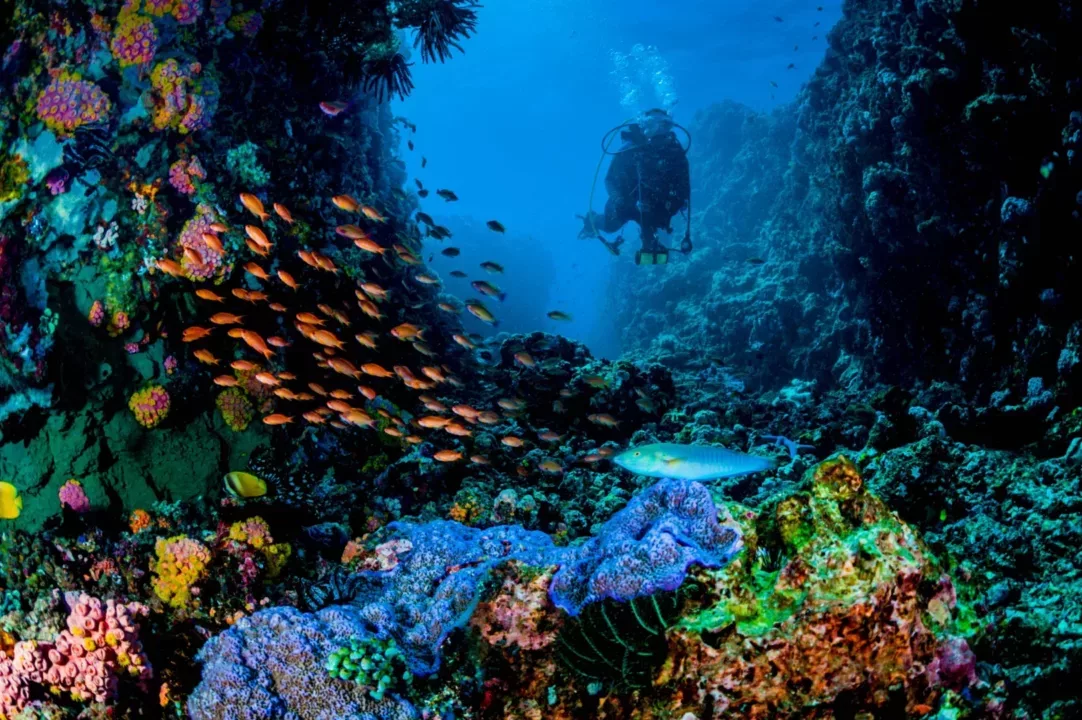Coral reefs face a wide array of threats and are impacted by climatic and direct human pressures.
The impact of climate change on coral reefs is well identified but less is known on human, non-climatic human pressures on coral reefs. A new study by scientists from the Wildlife Conservation Society (WCS) has mapped local human pressures on coral reefs using the latest quantitative data on fishing, water pollution (nitrogen and sediments), coastal population, industrial development, and tourism.

Findings from the study suggest that coral reefs are exposed to multiple intense local pressures: fishing and water pollution (nutrients and sediments) are the most common top-ranked pressures worldwide, although each pressure was ranked as a top pressure in some locations. The research also compared pressure levels inside and outside of a global set of coral reef climate refugia, and found that local pressure levels were similar, suggesting that even places considered sheltered from human activity endure high levels of human pressure and require management.

The results of the study find direct relevance with coral reef conservation efforts, as they provide guidance on where and how to allocate and prioritize policy efforts and funds.

